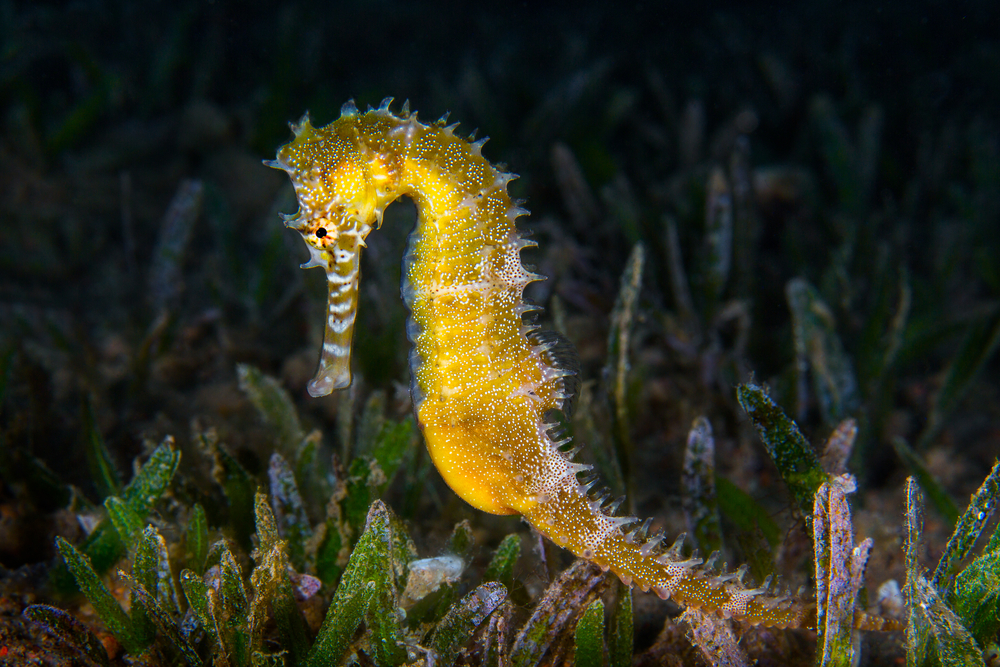The Remarkable World of Axolotl Regeneration
The axolotl, a peculiar salamander native to Mexico, has captivated scientists and animal enthusiasts alike with its extraordinary regenerative abilities. These aquatic creatures can regrow entire limbs, organs, and even parts of their brain, making them a subject of intense study in the field of regenerative medicine. This article delves into the fascinating world of axolotl regeneration, exploring its implications for both animal science and human health.

The Axolotl: Nature’s Regeneration Marvel
Axolotls, scientifically known as Ambystoma mexicanum, are neotenic salamanders found naturally in the lake complex of Xochimilco, near Mexico City. These fascinating creatures retain their larval features throughout their lives, including external gills and a fin-like tail. However, it’s their unparalleled regenerative abilities that truly set them apart in the animal kingdom.
Unlike most vertebrates, axolotls can regenerate multiple body parts throughout their entire lives. This includes not only limbs and tail, but also parts of their brain, heart, and other internal organs. What’s more, the regenerated tissues are perfect copies of the original, with no scarring or loss of function. This remarkable ability has made axolotls a prime subject for scientific research, offering insights into tissue regeneration that could potentially revolutionize medical treatments for humans.
The Science Behind Axolotl Regeneration
At the core of the axolotl’s regenerative prowess lies a unique cellular process. When an axolotl loses a limb, a mass of cells called a blastema forms at the site of injury. These cells are pluripotent, meaning they can develop into various types of tissues. The blastema then undergoes a carefully orchestrated process of growth and differentiation, eventually forming a fully functional limb identical to the one that was lost.
What makes this process even more remarkable is the axolotl’s ability to perfectly recreate the lost appendage, regardless of how many times it regenerates. This suggests a sophisticated system of positional memory, allowing the animal to “remember” the exact structure and function of the lost body part. Scientists are still working to fully understand the genetic and molecular mechanisms behind this extraordinary feat.
Implications for Human Medicine
The study of axolotl regeneration holds immense potential for human medicine. While humans possess some regenerative capabilities, such as liver regrowth and skin healing, we are far from being able to regrow entire limbs or organs. Understanding the axolotl’s regenerative processes could pave the way for groundbreaking treatments in various fields of medicine.
For instance, insights gained from axolotl studies could lead to improved treatments for spinal cord injuries, limb amputations, and organ damage. Researchers are particularly interested in how axolotls can regenerate brain tissue without loss of memory or function, a finding that could have profound implications for treating neurodegenerative diseases like Alzheimer’s or Parkinson’s.
Challenges in Axolotl Research
Despite the exciting potential, axolotl research faces several challenges. One significant hurdle is the creature’s endangered status in the wild. Due to habitat loss and pollution, wild axolotl populations have dwindled dramatically, making it crucial to balance research needs with conservation efforts.
Another challenge lies in translating axolotl regeneration mechanisms to human biology. While there are similarities between axolotl and human genetics, there are also significant differences that complicate the application of findings to human medicine. Scientists must navigate these complexities to develop practical regenerative therapies for humans.
The Future of Regenerative Medicine
As research into axolotl regeneration continues to advance, the future of regenerative medicine looks increasingly promising. Scientists are making strides in understanding the genetic switches that control regeneration, potentially opening the door to activating similar processes in humans.
While we may be years away from regrowing human limbs, the study of axolotls is already yielding valuable insights. From improved wound healing techniques to potential treatments for degenerative diseases, the impact of axolotl research on human health could be profound.
In conclusion, the axolotl’s remarkable regenerative abilities represent a frontier in biological research with far-reaching implications. As we continue to unravel the mysteries of these extraordinary creatures, we edge closer to a future where severe injuries and organ failures might be treated with regenerative therapies inspired by nature’s own master of renewal. The axolotl, once a curiosity of the animal kingdom, may well become a cornerstone of 21st-century medicine.





